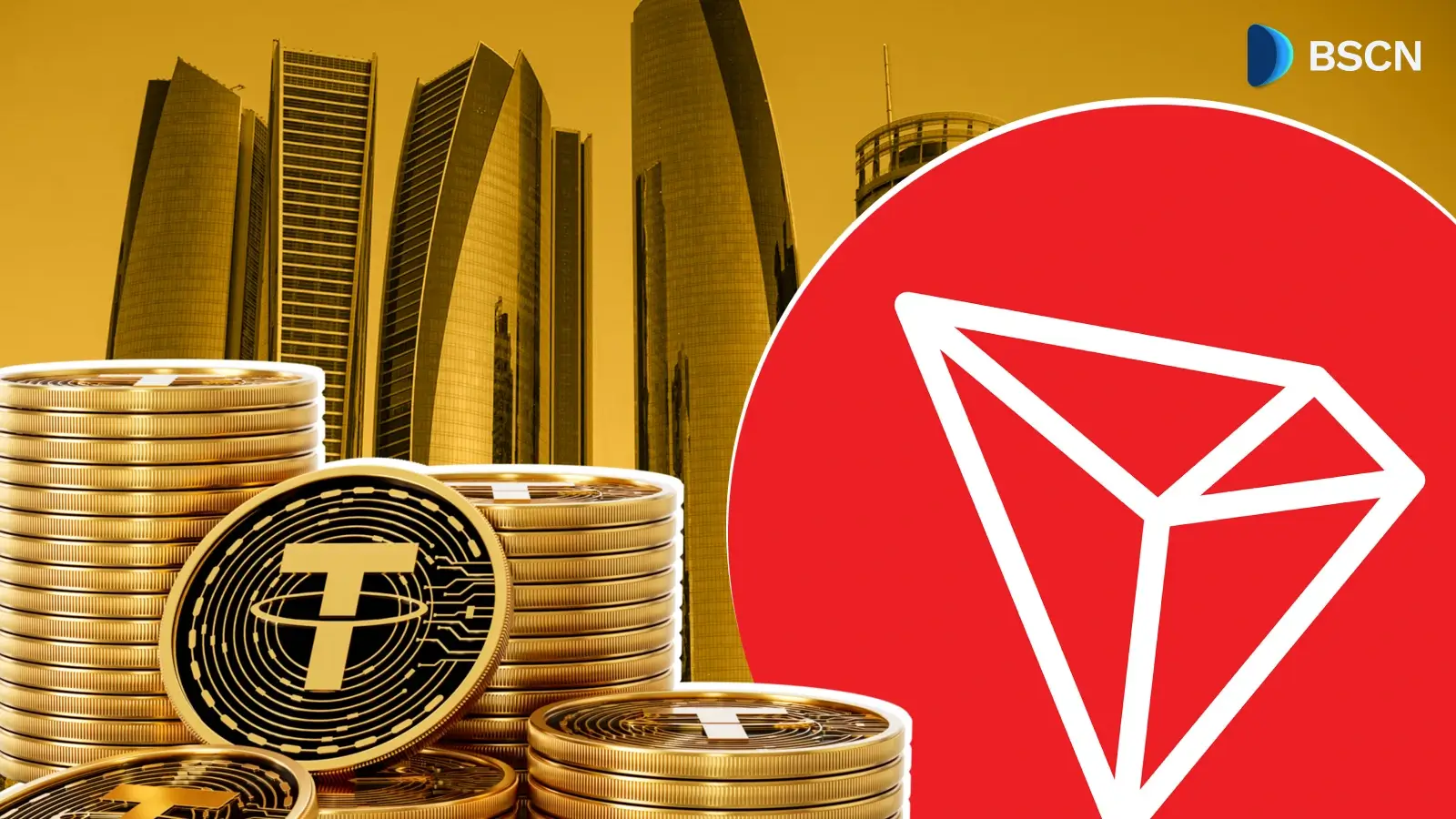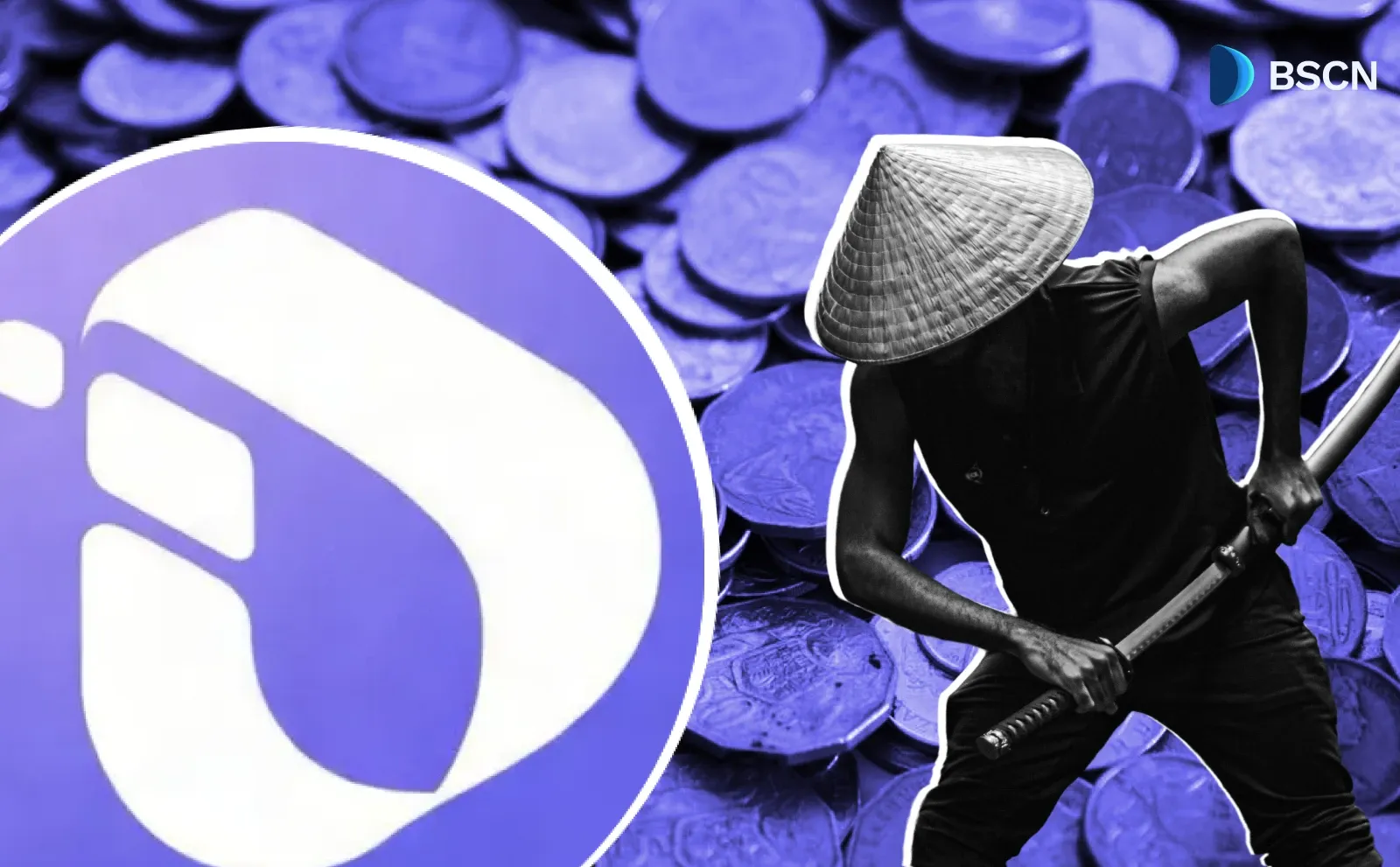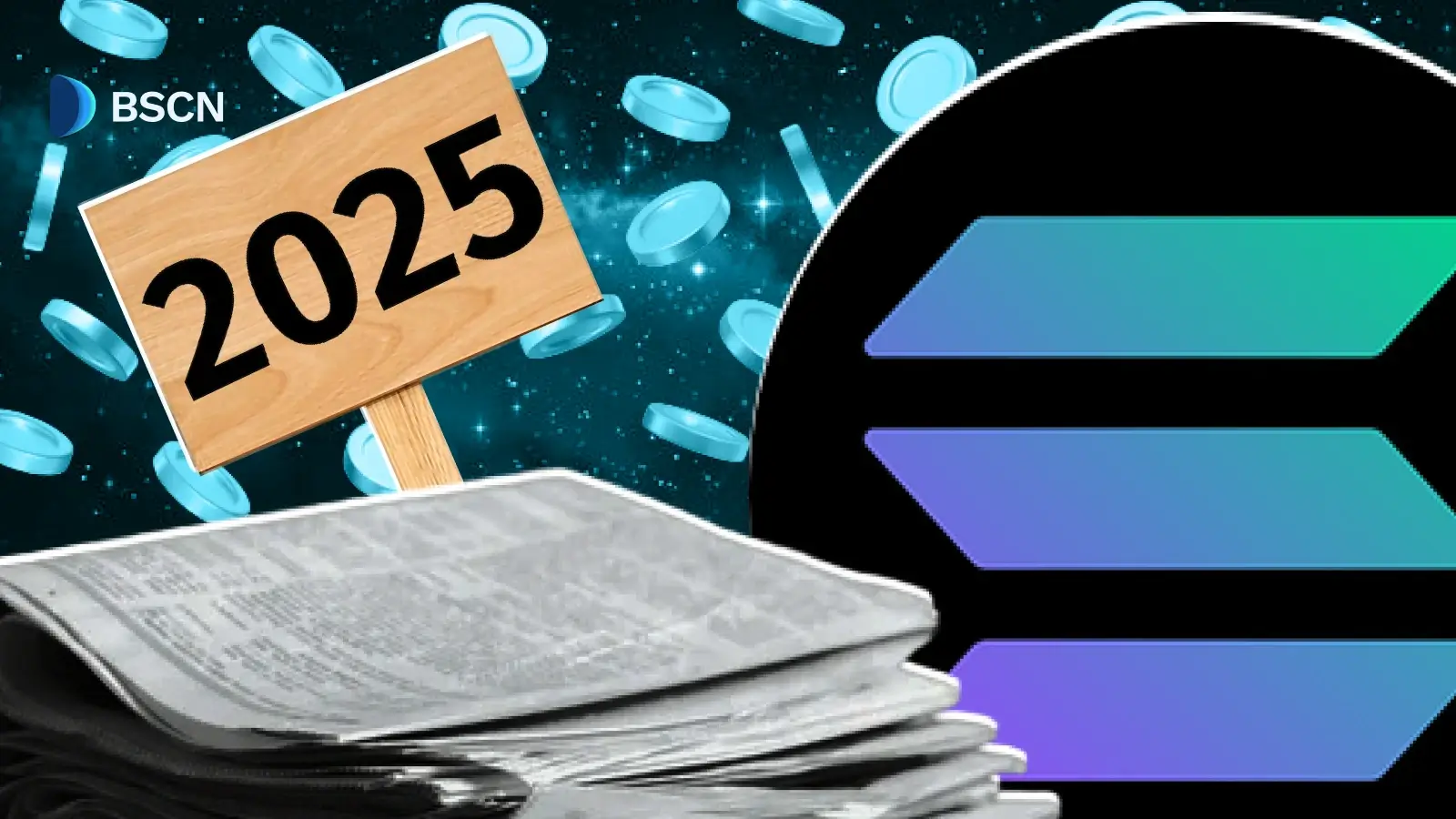News
(Advertisement)
XRP Spot ETFs Go Live in the US as Canary Capital Launches XRPC on NASDAQ

XRP Spot ETFs launch in the US with Canary Capital’s XRPC, offering regulated spot exposure to XRP and the XRP Ledger’s payment network.
Soumen Datta
November 14, 2025
(Advertisement)
Table of Contents
XRP spot ETFs now live in the United States, giving investors direct exposure to XRP through regulated financial markets without needing exchanges or self-custody.
Canary Capital Group LLC, a digital asset investment firm, has introduced its first U.S.-listed spot ETF for XRP. The Canary XRP ETF, trading under the ticker XRPC, provides spot exposure to XRP while using regulated custodians and a benchmark designed for transparent price discovery. The fund arrives during rising institutional interest in alternative digital assets and renewed clarity around XRP’s regulatory status.
XRP, the native token of the XRP Ledger (XRPL), powers a payment and settlement network built to move value quickly, securely, and at low cost.
The XRPL can process thousands of transactions per second and has maintained consistent uptime since its launch in 2012. It offers features such as decentralized exchange functionality, tokenization, and cross-border settlement. These capabilities support XRP’s position as one of the most established assets outside Bitcoin and Ethereum.
XRPC Marks a Major Expansion of Spot Crypto ETFs
Before XRPC, U.S. spot crypto ETFs covered Bitcoin, Ethereum and Solana. XRPC extends the category to a third major digital asset with a long operational history and real-world use cases in payments and tokenization.
Canary Capital CEO Steven McClurg stated that offering XRP through an ETF “enable the next wave of adoption and growth in a critical blockchain system.” He described XRP as a widely used digital asset that benefits from a global network designed for efficient settlement.
The ETF uses Gemini Trust Company and BitGo Trust Company as custodians and tracks pricing through the CoinDesk XRP CCIXber benchmark..
Institutional analysts view this launch as a significant broadening of the spot ETF market. Earlier, Bloomberg ETF specialist Eric Balchunas projected that XRPC could surpass his opening-day estimates and potentially exceed the $57 million first-day record set by BSOL.
Per latest reports, XRPC surpassed $245M in net inflows and recorded $58.5M in trading volume.
🚀 Big day one for the $XRPC ETF — over $58.5M in trading volume and $245M in net inflows!
— Canary Capital (@CanaryFunds) November 13, 2025
Prospectus: https://t.co/y66AAqpe7T pic.twitter.com/tTDrQivyT8
Why XRP Is Central to the New ETF
XRP’s presence in major financial discussions stems from its technical alignment with payments and liquidity movement rather than speculation. The network was built to function as a settlement layer for institutions and individuals.
Key capabilities of the XRP Ledger include:
- Fast settlement: Payments finalize in seconds without external intermediaries.
- Low transaction fees: XRPL uses a small native fee to prevent network spam.
- High throughput: The network handles thousands of transactions per second.
- Energy efficiency: XRPL uses a consensus design that consumes minimal energy.
- Long history of reliability: Operational since 2012 with uninterrupted uptime.
Because of these features, XRP is used for cross-border transfers, asset tokenization, liquidity provisioning, and emerging financial tools that rely on fast settlement rails. Unlike blockchains built for generalized computation, XRPL focuses on payments, exchange, and token management.
Canary Capital emphasized XRPL’s structure in its messaging around the ETF. In a public post, the firm described XRPL as “a leading framework for global payments” with a design focused on interoperability and settlement.
These features allow the network to support several use cases:
- Cross-border transfers
- Institutional messaging and settlement systems
- Asset tokenization
- Decentralized exchange functionality
- Liquidity hubs and on-demand liquidity tools
McClurg said XRPC provides access to the “bridge between traditional finance and the blockchain economy,” referencing XRPL’s ability to move value across networks and jurisdictions without the costs associated with legacy infrastructure.
XRP’s recent on-chain metrics also pointed to heightened activity, according to CryptoQuant:
- 21,000 new XRP wallets were created within 48 hours, marking the strongest expansion in eight months.
- Whales holding 1–10 million XRP sold approximately 90 million tokens, introducing short-term supply pressure even as network participation grew.
How the ETF Fits Into XRP’s Regulatory Landscape
The regulatory context gives XRPC broader importance beyond market inflows. The Securities and Exchange Commission engaged in extended litigation with Ripple Labs for five years before settling the case three months before the ETF launch. As a result, XRPC is the first spot investment product for XRP registered under the Securities Act of 1933.
Nate Geraci, president of NovaDius Wealth, described the launch as a symbol of the shift in U.S. regulatory posture toward digital assets. He commented that the landscape has changed dramatically within a year, calling the difference “night and day.”
Analysts projected in September that XRP spot ETFs could see $8 billion in inflows during their first year, per CryptoSlate.
What XRPC Means for U.S. Investors
XRPC gives investors the ability to gain exposure to XRP through a familiar structure. Investors who want access to XRPL’s growth no longer need:
- an exchange account
- a self-custody wallet
- direct interaction with blockchain infrastructure
Instead, they can buy or sell XRP exposure through traditional brokerage accounts, retirement accounts, and institutional platforms.
The ETF uses regulated custodians, a transparent price index, and established security practices. It fits within existing risk frameworks used by asset managers, allowing broader participation from institutions that may not use direct crypto custody.
Conclusion
The launch of the Canary XRP ETF brings XRP into the center of the U.S. spot ETF landscape alongside Bitcoin and Ethereum. XRPC gives investors a regulated way to access XRP’s settlement-focused blockchain, supported by established custodians and a widely used benchmark index.
The fund’s debut arrived during strong network growth, increased institutional interest, and a shift in U.S. regulatory posture toward digital assets. XRPC adds a new option for investors seeking exposure to fast settlement systems and established blockchain infrastructure.
Resources:
Press release - Canary Capital Launches Spot XRP ETF (XRPC), Delivering Simplified Access to a Foundational Blockchain Asset: https://www.businesswire.com/news/home/20251113588596/en/Canary-Capital-Launches-Spot-XRP-ETF-XRPC-Delivering-Simplified-Access-to-a-Foundational-Blockchain-Asset
Canary Capital X platform: https://x.com/CanaryFunds
XRP surges minutes before ETF launch amid 'extreme market fear' - report by The Street: https://www.thestreet.com/crypto/markets/xrp-surges-minutes-before-etf-launch-amid-extreme-market-fear
First spot XRP ETF is LIVE: Recording $36M volume on debut, challenges BSOL record - report by CryptoSlate: https://cryptoslate.com/first-spot-xrp-etf-is-live-recording-36m-volume-on-debut-challenges-bsol-record/
Whales Acted Before the XRP ETF — Retail Arrived After, Changing the Setup - report by CryptoQuant: https://cryptoquant.com/insights/quicktake/69157896e0adca6c4bea74fb-Whales-Acted-Before-the-XRP-ETF-%E2%80%94-Retail-Arrived-After-Changing-the-Setup?utm_source=twitter&utm_medium=sns&utm_campaign=quicktake&utm_content=woominkyu
Read Next...
Frequently Asked Questions
What is the Canary XRP ETF (XRPC)?
XRPC is a U.S.-listed spot ETF that gives investors exposure to XRP without requiring crypto exchanges or self-custody. It holds XRP directly and tracks its price through a regulated benchmark.
Why is the launch of an XRP spot ETF significant?
It expands spot crypto ETFs beyond Bitcoin and Ethereum, gives institutions a regulated path into XRP, and follows the resolution of long-standing SEC litigation.
How does XRP differ from other digital assets?
XRP powers a payment-focused blockchain designed for fast settlement, low fees, and high reliability. It is used for cross-border payments, tokenization, and settlement applications.
Disclaimer
Disclaimer: The views expressed in this article do not necessarily represent the views of BSCN. The information provided in this article is for educational and entertainment purposes only and should not be construed as investment advice, or advice of any kind. BSCN assumes no responsibility for any investment decisions made based on the information provided in this article. If you believe that the article should be amended, please reach out to the BSCN team by emailing [email protected].
Author
 Soumen Datta
Soumen DattaSoumen has been a crypto researcher since 2020 and holds a master’s in Physics. His writing and research has been published by publications such as CryptoSlate and DailyCoin, as well as BSCN. His areas of focus include Bitcoin, DeFi, and high-potential altcoins like Ethereum, Solana, XRP, and Chainlink. He combines analytical depth with journalistic clarity to deliver insights for both newcomers and seasoned crypto readers.
(Advertisement)
Latest News
(Advertisement)
Crypto Project & Token Reviews
Project & Token Reviews
Comprehensive reviews of crypto's most interesting projects and assets
Learn about the hottest projects & tokens












